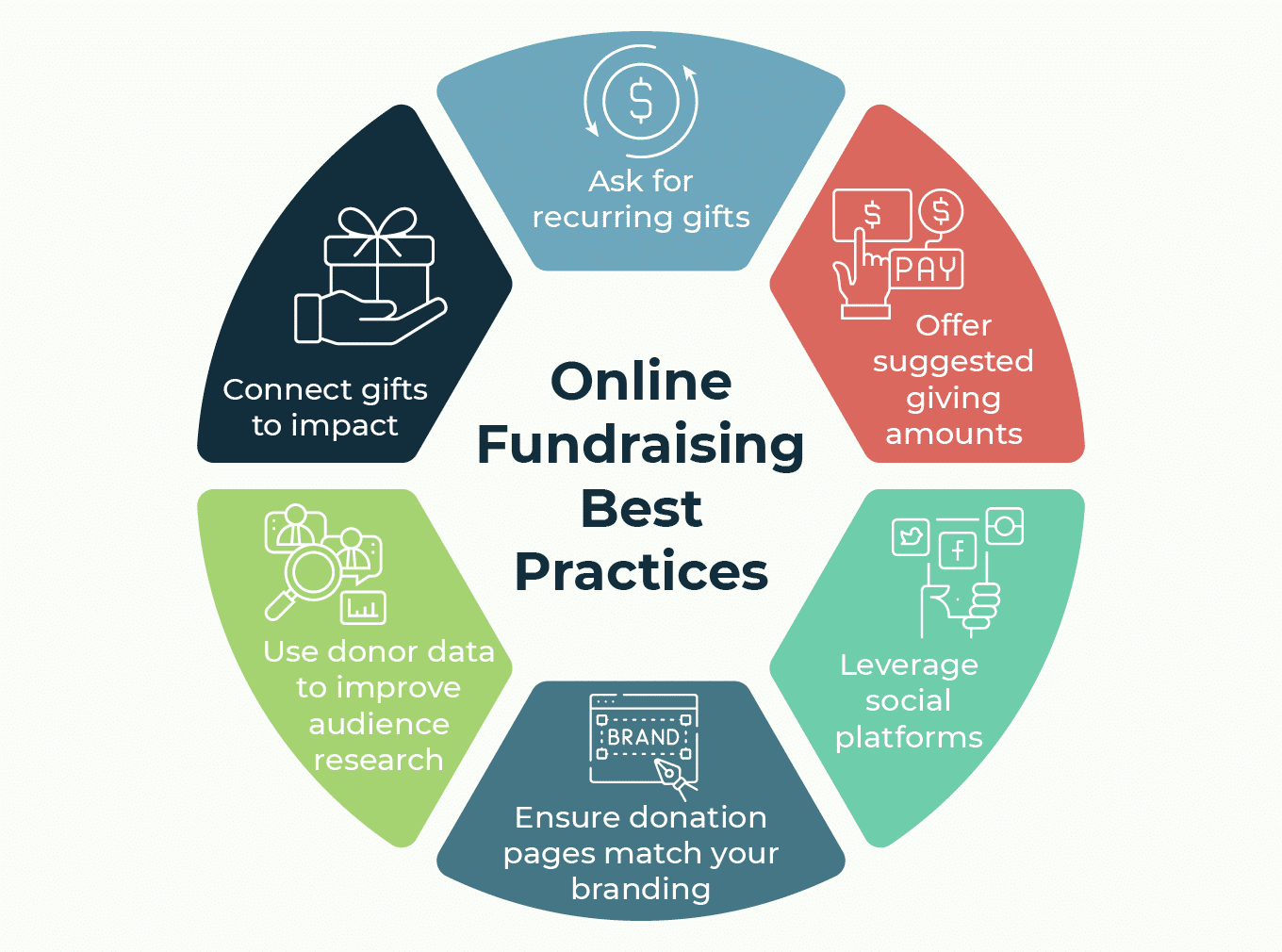Fundraising Consultant: Expert Guidance to Improve Your Nonprofit's Fundraising
Fundraising Consultant: Expert Guidance to Improve Your Nonprofit's Fundraising
Blog Article
The Role of Neighborhood Interaction in Nonprofit Fundraising: Building Lasting Relationships for Sustainable Assistance
Area engagement is increasingly recognized as a critical part of successful nonprofit fundraising. The techniques and methods used to involve communities vary commonly, elevating crucial questions concerning performance and impact.
Comprehending Area Engagement
Area interaction is a vital component of successful nonprofit fundraising efforts. Nonprofits need to recognize crucial stakeholders-- such as community participants, regional businesses, and other companies-- to produce efficient engagement methods.
Efficient community interaction is predicated on active listening and responsiveness to the demands and interests of the neighborhood. This procedure includes getting feedback, understanding neighborhood characteristics, and guaranteeing that the organization's mission lines up with local priorities. Involving the community can take different types, including public conferences, volunteer opportunities, and partnership campaigns, each designed to motivate participation and investment in the company's objectives.
Moreover, community involvement need to be approached as a continuous dialogue as opposed to a single effort. By cultivating an inclusive setting where community voices are listened to and valued, nonprofits can build a strong structure for future fundraising endeavors. Inevitably, a deep understanding of neighborhood interaction empowers organizations to develop authentic connections that improve their overall performance and sustainability.
Benefits of Strong Relationships
Solid connections formed through neighborhood involvement yield countless benefits for nonprofit fundraising efforts. Firstly, these partnerships foster count on and integrity, essential parts in encouraging donors to add. When prospective supporters see a not-for-profit proactively involved in their neighborhood, they are more probable to believe in its mission and influence.

Furthermore, these relationships assist in effective interaction. Nonprofits can take advantage of their links to share stories of effect, updates, and needs, making certain that supporters stay informed and involved. This open line of communication not just enhances bonds but also urges referral promo, increasing the nonprofit's reach.
Lastly, solid neighborhood connections can bring in new partners and enrollers. Individuals and organizations are extra likely to align with organizations that demonstrate significant community participation, offering added resources and support that can dramatically enhance fundraising capacities. Thus, cultivating durable partnerships through area engagement is important to a not-for-profit's lasting fundraising success.
Approaches for Effective Engagement
How can nonprofits efficiently engage their communities to enhance fundraising efforts? Establishing targeted approaches is essential for cultivating purposeful links. First, leveraging social networks systems allows organizations to share their objective dynamically and interactively, getting to a wider audience. Normal updates, involving web content, and calls-to-action can galvanize neighborhood rate of interest and involvement.
Second, organizing community events, such as workshops, volunteer chances, or fundraising drives, helps with in person more interaction, enabling nonprofits to display their influence and efforts. These occasions not just increase funds but also cultivate partnerships and enable neighborhood participants to engage straight with the cause.
Third, implementing customized communication approaches can improve engagement. Customizing messages to certain donor sectors based on rate of interests and past payments promotes a feeling of belonging and financial investment in the organization's mission.
Finally, creating partnerships with neighborhood businesses and neighborhood leaders can amplify outreach efforts. Joint campaigns can improve visibility and reliability, showing a collective dedication to the community's wellness. By incorporating these strategies, nonprofits can develop long lasting partnerships that boost fundraising efforts and drive lasting assistance.
Gauging Interaction Success
While involving the area is important for successful not-for-profit fundraising, gauging the effectiveness of these involvement initiatives is just as crucial. Developing clear metrics permits organizations to evaluate exactly how well they are connecting with their audience and accomplishing their fundraising objectives. Key efficiency indicators (KPIs) such as donor retention rates, volunteer involvement degrees, and engagement on social media sites platforms offer concrete information for examination.

Frequently evaluating these metrics enables companies to pivot their techniques when essential, making certain that area involvement continues to be aligned with their general goal. Moreover, sharing these results with stakeholders promotes openness and builds trust fund, motivating more neighborhood participation. Inevitably, a robust dimension structure not only educates future fundraising efforts but likewise reinforces the connection in between the nonprofit and its fans, laying the groundwork for lasting success.
Case Research Studies in Area Effect
Countless case research studies highlight the profound influence that community interaction can carry not-for-profit fundraising success. One significant example is the "Something to chew on" effort, where a neighborhood food bank partnered with schools and companies to host community dinners. These events not just increased funds however additionally cultivated a sense of belonging amongst individuals, substantially raising donor retention rates.
One more engaging instance is the "Green Spaces Project," which included regional homeowners in the revitalization of urban parks. This initiative not only garnered financial support from local organizations but likewise grew a volunteer base that added to continuous upkeep and shows. The sense of possession and satisfaction amongst community participants equated into sustained contributions.
In the realm of arts, the "Art for All" project successfully involved local artists and customers to produce joint art installations, resulting in enhanced visibility and donations for a regional arts nonprofit.
These instances highlight that when nonprofits prioritize community involvement, they can produce enduring connections that enhance fundraising efforts, making sure sustainable support and fostering a vibrant community culture. Such cases show that neighborhood interaction is not merely a method however a crucial column of nonprofit success.
Conclusion
In verdict, area interaction my blog is indispensable to the success of nonprofit fundraising initiatives. Inevitably, a robust structure of community support not just amplifies fundraising prospective but likewise grows a culture of partnership, crucial for attaining long-term organizational objectives and maintaining meaningful effect. fundraising consultant.
Nonprofits should determine crucial stakeholders-- such as area members, regional businesses, and various other companies-- to develop reliable engagement techniques.

In verdict, area interaction is integral to the success of not-for-profit fundraising efforts.
Report this page